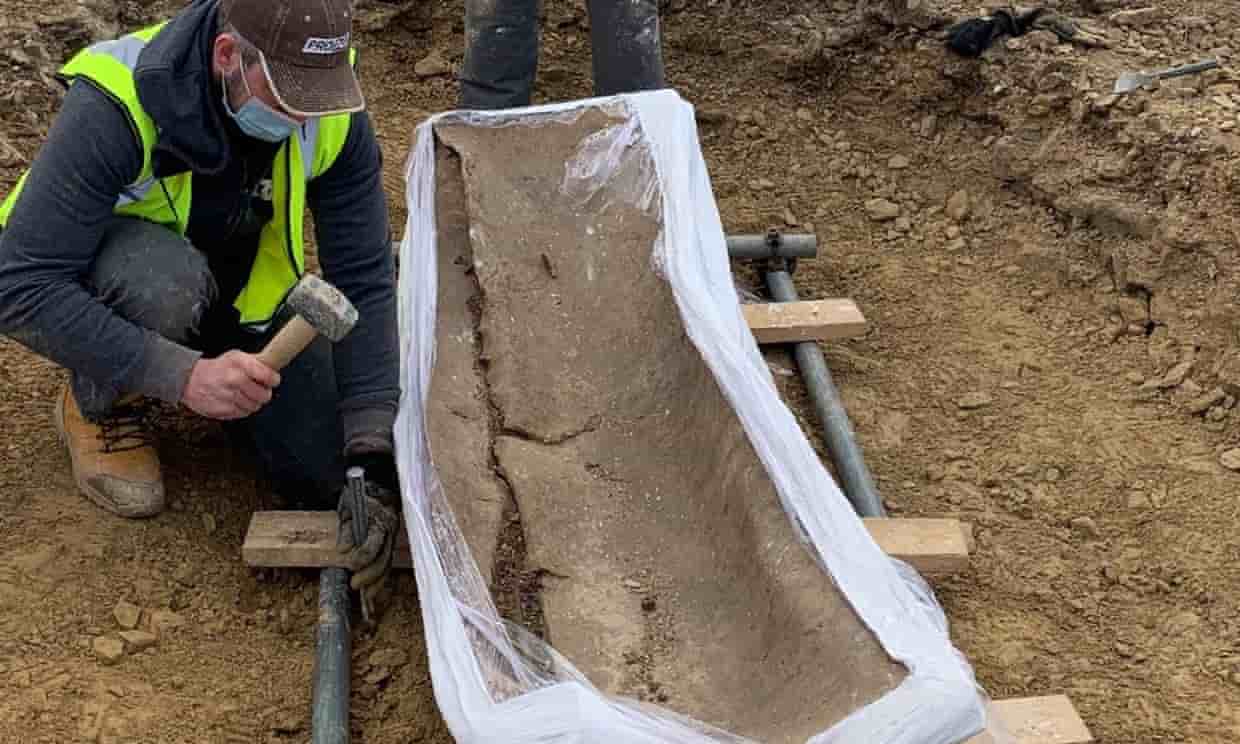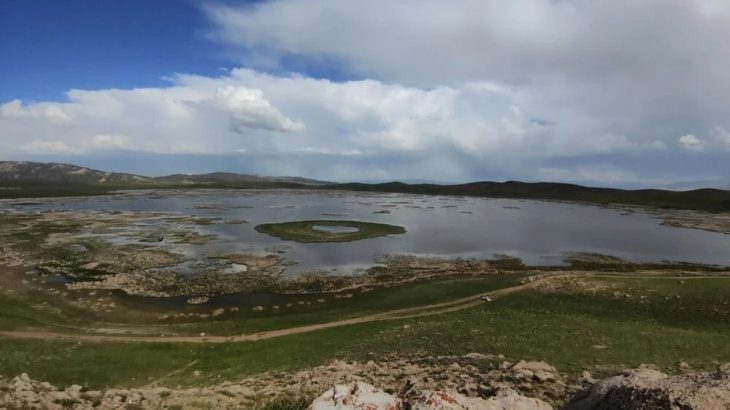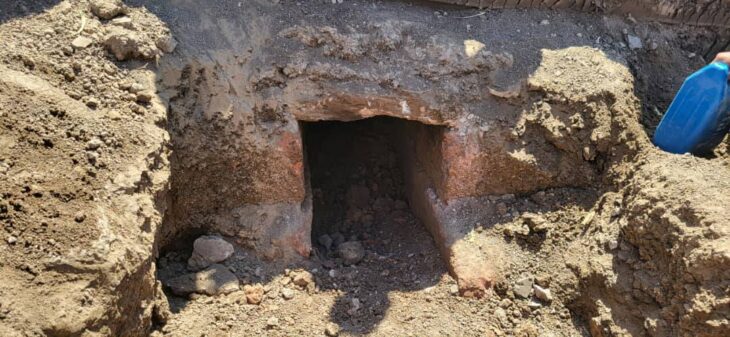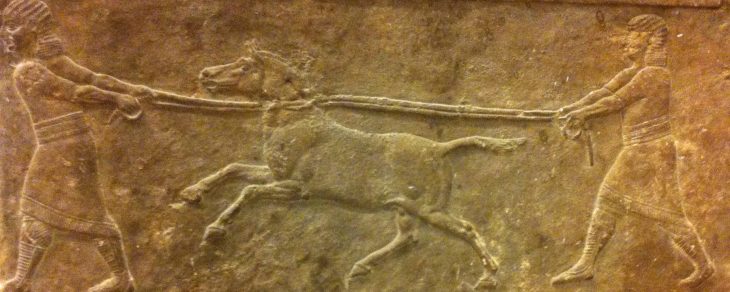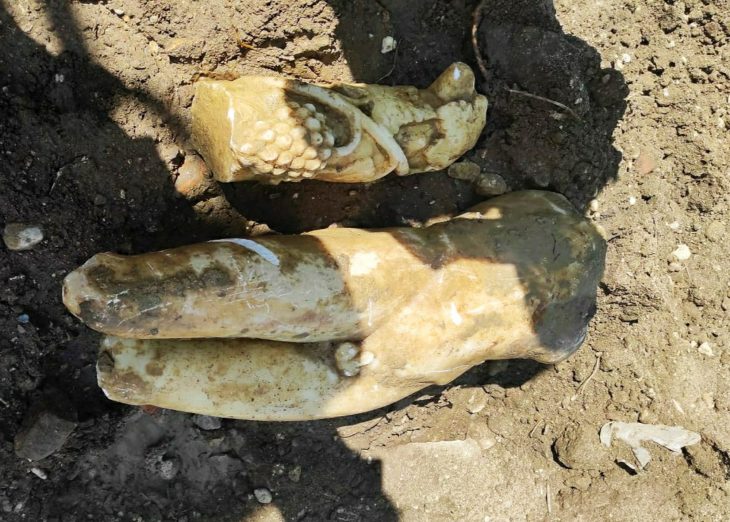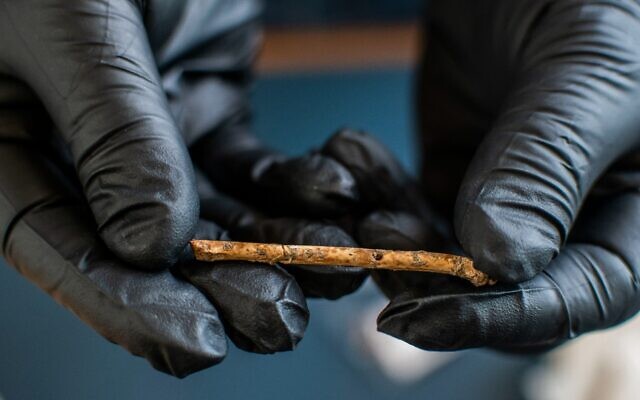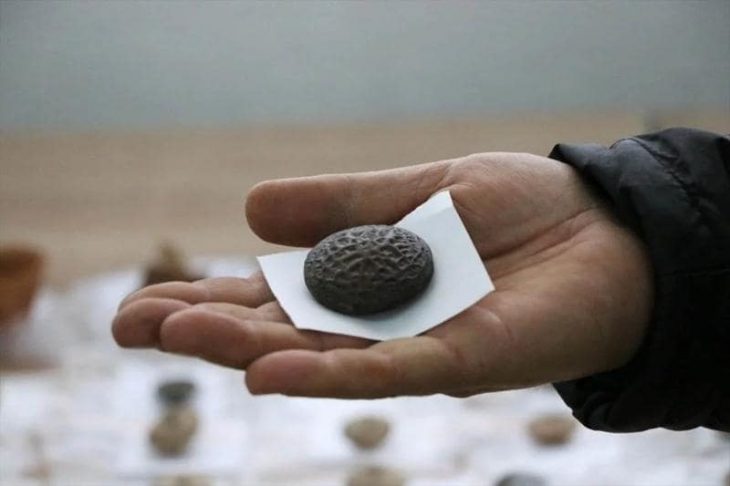Archaeologists in northern Britain uncovered the skeletal remains of a late-Roman aristocratic woman inside a lead coffin, as well as the remains of more than 60 men, women, and children who lived in the area over a thousand years ago.
Since researchers unexpectedly discovered both late-Roman and early-Saxon individuals with distinct burial practices, historians now think the discovery may shed light on one of the most important periods in British history.
Archaeologists revealed their findings about a 1,600-year-old hidden cemetery in Leeds on Monday. Last year, an archaeological site near Garforth was discovered. To protect the archaeological dig, the exact location of the cemetery is being kept secret.
The cemetery was uncovered last spring near where several late Roman stone buildings and Anglo-Saxon-style structures had been discovered.
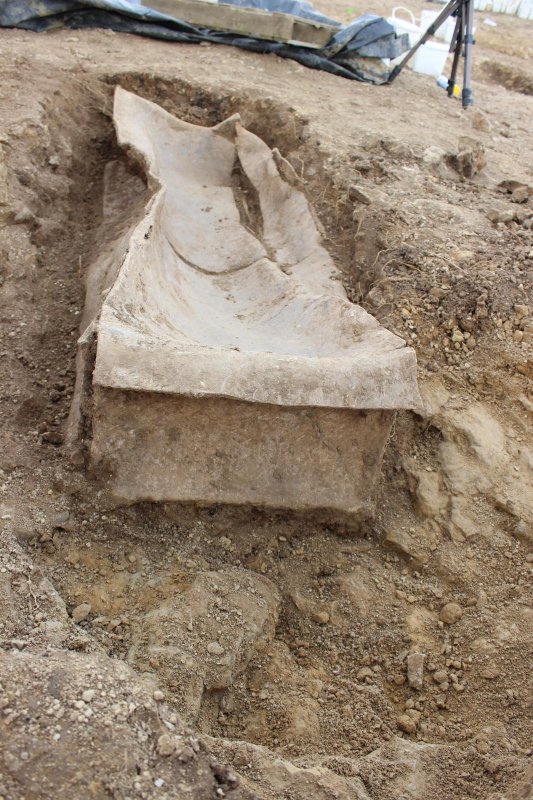
On-site supervisor for the excavations, Kylie Buxton, said: “It is every archaeologist’s dream to work on a ‘once-in-a-lifetime’ site, and supervising these excavations is definitely a career high for me.
📣 Our WhatsApp channel is now LIVE! Stay up-to-date with the latest news and updates, just click here to follow us on WhatsApp and never miss a thing!!
“There is always a chance of finding burials, but to have discovered a cemetery of such significance, at such a time of transition, was quite unbelievable.
“For me it was a particular honour to excavate the high-status lead coffin burial, but it was a great team effort by everyone involved.”
Along with the Roman coffin, burial customs discovered in the cemetery may also point to early Christian beliefs and Saxon burials, which were accompanied by individualized items like knives and pottery.
The age of the skeletal remains, which is thought to range from the end of the Roman era in AD 400 to the beginning of the Anglo-Saxon era, will be determined by analysis and carbon dating. Chemical tests might also reveal details about ancestry and diet.
“This has the potential to be a find of massive significance for what we understand about the development of ancient Britain and Yorkshire,” said David Hunter, principle archaeologist with West Yorkshire Joint Services.
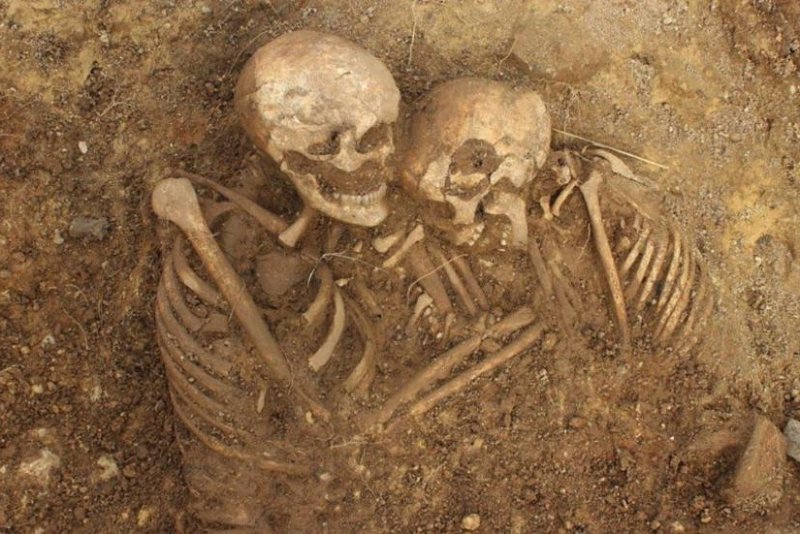
“The presence of two communities using the same burial site is highly unusual and whether their use of this graveyard overlapped or not will determine just how significant the find is.”
Once the analysis has taken place, plans are in place to display the lead coffin at Leeds City Museum in an exhibition on death customs across the world.
Cover Photo: Bones belonging to the high-status woman were discovered in an ancient lead coffin. Photograph: Leeds.gov.uk

